Siphon pot | the difference between stirring and soaking when extracting coffee!
First of all, let's briefly talk about the source of the siphon pot. The siphon pot originated in Europe and originated 70 years earlier than hand-made. Between 1830 and 1840, Loeff in Berlin, Germany, first invented the glass material, the siphon extraction method of upper and lower pots and obtained a patent. Later, with the continuous improvement of France, Britain and Germany, in the middle of the 20th century, it was brought to Denmark and Japan, respectively, and began to enter the market on a large scale. It was all the rage in the 1950s.
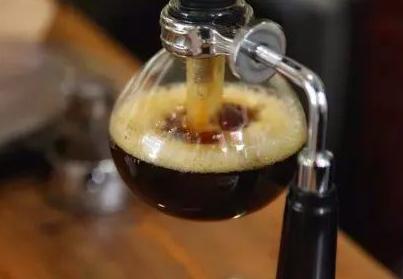
Siphon principle the lower pot of the siphon can be called a capacity pot, spherical and marked with several cups of water scale, used to hold coffee liquid, and the upper pot is cylindrical, used to extract coffee, which is actually using the siphon phenomenon in physics. When the water from the siphon pot is heated, it will produce steam and pressure, push the hot water from the glass tube to the upper pot, and begin to brew the coffee powder in the pot. After the extraction, turn off the fire and remove the fire source, at this time the lower pot has been a semi-vacuum, and lost the upward pressure, the lower pot then sucked down the coffee liquid from the upper pot (if you want to speed up the reflux rate of the coffee extract, you can wipe the lower pot with a wet dishcloth, this can make the pressure difference between the upper and lower pots smaller and the coffee extract reflux faster. The coffee grounds are blocked on the filter cloth of the pot to complete the extraction.
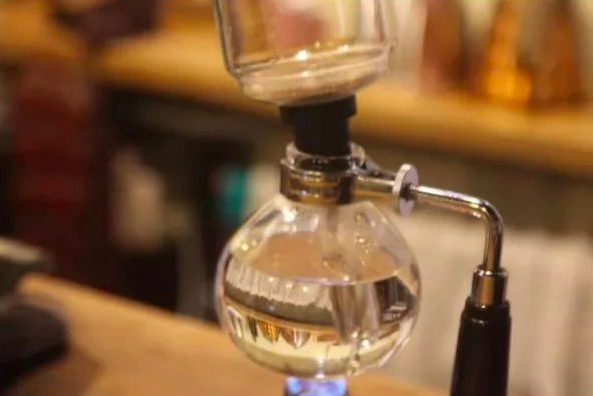
There are a variety of coffee brewing methods, different utensils, different techniques, different grinding degrees, different times, etc., you can extract a cup of coffee, that is to say, with the same set of utensils, you can also play with different patterns. Maybe the surprise of the extracted coffee is quite big ~ where are the mixing techniques and soaking techniques in the siphon pot today! Don't worry, let's take a look at the basic information of this bean in this cooking experiment with the editor.
Costa Rica Canet Musician Series Mozart
Mozart, Carnett Manor, Costa Rica
Producing area: Tarazhu
Variety: Kaddura, Kaduai
Altitude: 1950
Treatment: raisin honey treatment
Flavor: raisins, sweet-scented osmanthus, berries, pineapple, caramel
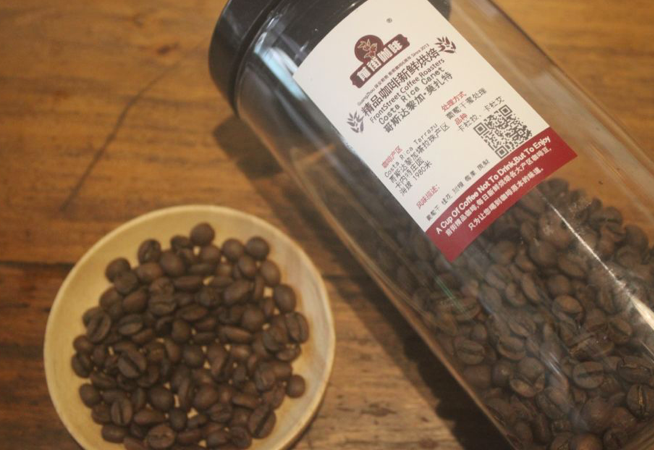
Costa Rican Carnett Manor Music Series Mozart beans have rich floral aromas, soft acidity, and raisin treatment to give the beans fermented aromas, berry and raisin flavors. All right, don't say much, let's hurry up and cook. First, let's take a look at the parameters of a mixing method: the ratio of powder to water at 1:10, the powder of 20 grams, and the water temperature of 90 ℃ (BG-6T: 50% pass rate of Chinese standard No. 20 sieve). Technique: put 200g of water in the lower pot, insert the upper pot tightly when the water temperature is 90 ℃, put the powder into the pot when the water arrives, stir so that the coffee powder is in full contact with the water, return to the cross after 30 seconds to stir around, destroy the powder shell, remove the source of fire in 56 seconds and let the coffee liquid flow back. (the time of feeding starts) the extraction time is 1: 18 ".
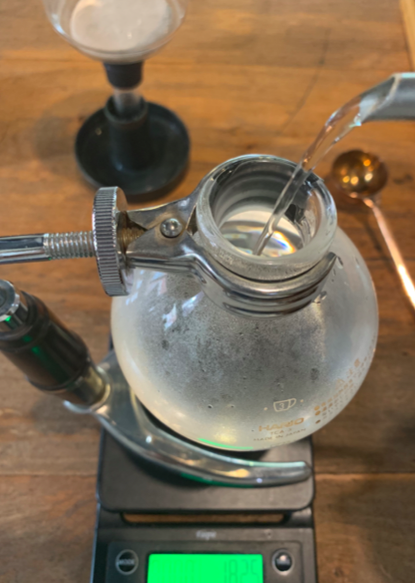
Flavor: floral, berry, fermented wine, raisin. Next, let's use another immersion technique. Parameters: powder / water ratio at 1:10, powder of 20g, medium grinding degree (BG-6T: 50% pass rate of Chinese standard No. 20 sieve) water temperature 90 ℃. Technique: put 200g of water in the lower pot, insert the upper pot tightly when the water temperature is 90 ℃, add the powder when the water reaches the upper pot, stir so that the coffee powder is in full contact with the water, soak for 1 minute, remove the fire source and let the coffee liquid return. (the powder starts to be timed) the extraction time is 1: 32 "
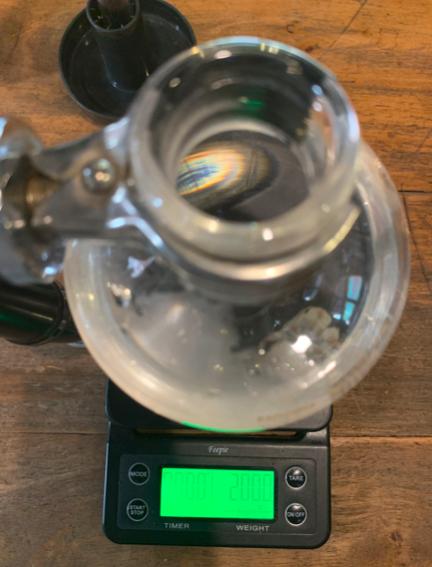
Flavor: sweet-scented osmanthus, berries, raisins, caramel. The difference between siphon kettle extraction with these two methods is that the fermented wine extracted by stirring will be more rich and thick, and the temperature will be sour and sweet with raisins, while the sweet-scented osmanthus aroma extracted by soaking method is more obvious. the lower temperature has berries, raisins, slightly thinner taste, but very sweet, one is thicker, the other is more refreshing.
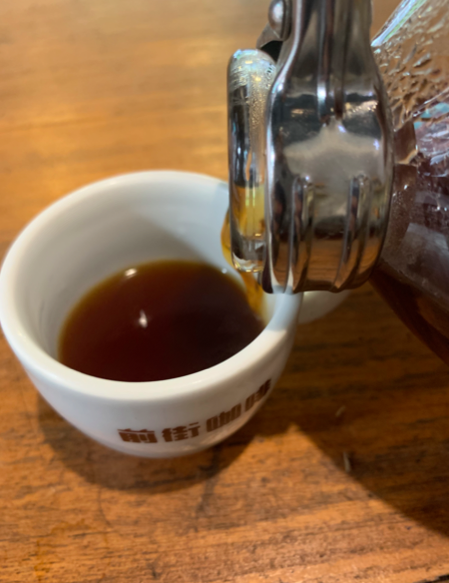
Of course, the taste varies from person to person, and you can also choose your own extraction method through your own taste ~ ~ but about the siphon pot, the editor has something to say: the siphon pot extracts coffee under continuous heating, and the water temperature lasts between 86 and 94 degrees as far as possible. in this way, the extraction rate of coffee powder is higher, and the change factor is small, and the taste of the extracted coffee will be relatively stable. Even if you are just getting started with coffee, you can make a full-bodied cup of coffee with a strong flavor of body. Remember to clean the filter cloth every time you use it, and change the filter cloth after a period of time, otherwise it will easily affect the taste of coffee.
Important Notice :
前街咖啡 FrontStreet Coffee has moved to new addredd:
FrontStreet Coffee Address: 315,Donghua East Road,GuangZhou
Tel:020 38364473
- Prev
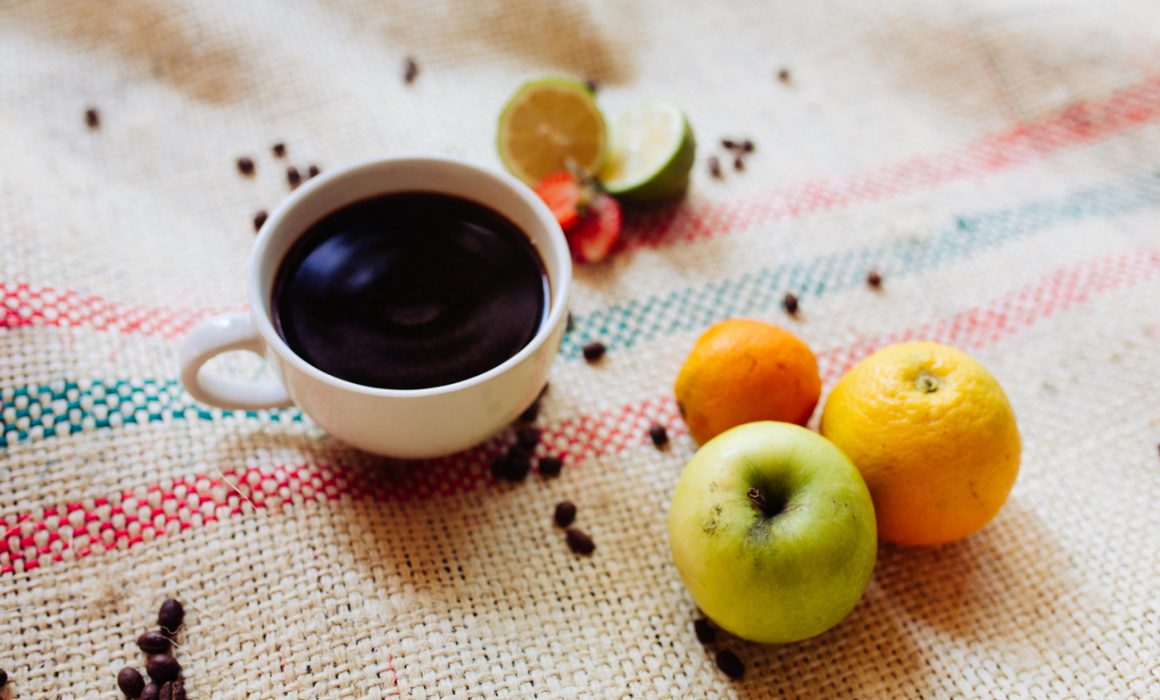
Why is boutique coffee so sour? Talk about the baking chemical changes and flavor levels of coffee beans
Professional coffee knowledge exchange more coffee bean information Please follow the coffee workshop (Wechat official account cafe_style) after drinking boutique coffee, what do you think is the biggest difference between boutique coffee and ordinary coffee? The editor thinks it's sour. It's not that fine coffee has to be sour, nor does it mean other coffee.
- Next
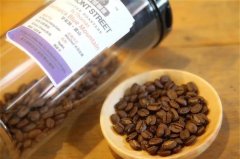
Do you know how coffee is named | I will show you how coffee is named.
Professional coffee knowledge exchange more coffee bean information Please pay attention to coffee workshop (Wechat official account cafe_style) Coffee is a common drink in today's society, coffee is only traded with oil in the world, coffee is a very common drink abroad, and it is also constantly developing in the economy at home.
Related
- What is the standard process for the purpose of coffee cup testing? What is the difference between hand-brewed coffee and cup testing?
- How to use hand-brewed coffee paragon small golden balls? How does cold coffee lock in the aroma of coffee?
- Is American coffee black? What is the difference between American coffee and drip coffee?
- Unexpected! Well-known tea beverage brand Lele Tea will withdraw from the Zhengzhou market!
- Starbucks enters the fashion and beauty industry?! Netizen: Give me an ice American eye cream
- Why can American refills for free? The difference between Americano and American drip pot coffee
- Being chased out of the rain in front of Starbucks?! Store: Sheltering from rain under umbrellas poses a safety hazard
- The white moonlight has changed?! Lucky launches "Big Winter Pear American"
- Hand-brewed coffee three-stage method, high-sweet and universal brewing method to share! What does the high sweet water level of hand-brewed coffee mean?
- What is the difference between raw, refined and full espresso coffee? How to extract espresso and taste good?

